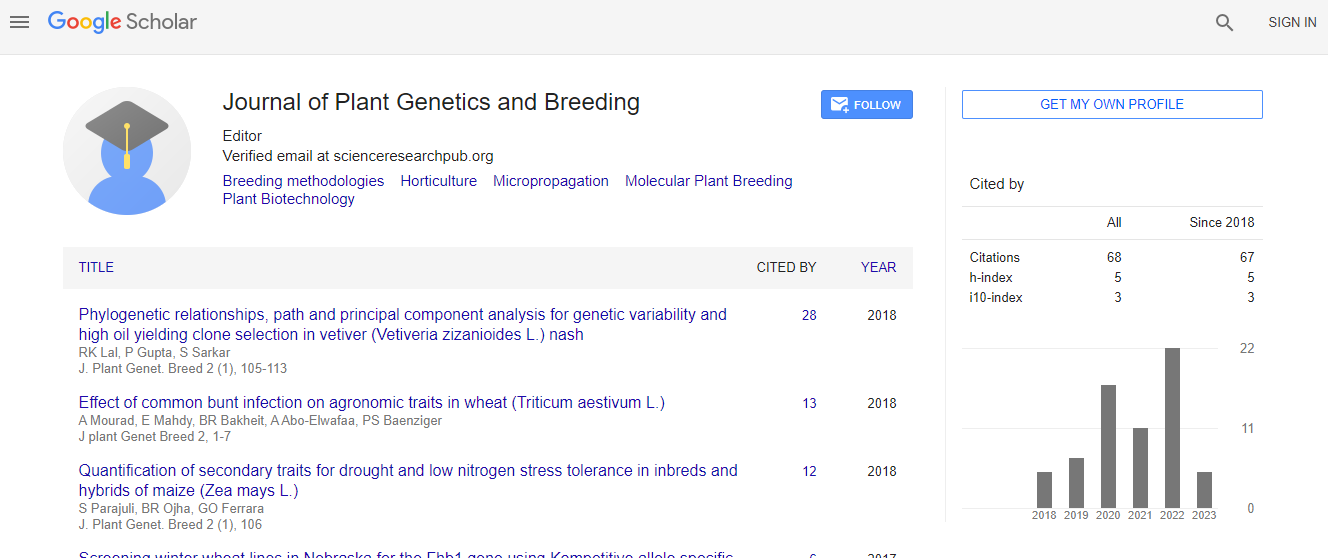Polyphenols and Resveratrol from Discarded Leaf Biomass of Grapevine (Vitis sp.): Effect of Cultivar and Viticultural Practices in Estonia
*Corresponding Author:
Copyright: © 2020 . This is an open-access article distributed under the terms of the Creative Commons Attribution License, which permits unrestricted use, distribution, and reproduction in any medium, provided the original author and source are credited.
Abstract
Grapevine leaves are a major by-product of viticulture practices derived from the leaf-removal from the fruit cluster zone in all vine-growing regions. These leaves can be a valuable source of antioxidants to be used in pharmaceuticals or other health-related products. In this study, the leaves of grapevine cultivars were analysed by ultra-high performance liquid chromatograph-diode array detector () for the total polyphenols (TPC) and resveratrol affected by cultivar, leaf-removal time and viticultural practice. The effect of cultivar varied yearly, European grapevine cv. ‘Regent’ had increased TPC and resveratrol in comparison to ‘Boskoop’s Glory’, ‘Rondo’ and ‘Solaris’ in 2017, but ‘Solaris’ in 2018. TPC (1213−1841 mg 100 g−1) and resveratrol (1.061 mg 100 g−1) were higher in leaves of interspecific hybrid cvs. ’Zilga’ and ’Hasansky Sladky’ during full fruit ripeness. Cv. ‘Rondo’ grown under the polytunnel had decreased TPC in leaves. In conclusion, cultivar selection, viticultural practice and leaf-removal time contribute significantly to the accumulation of total polyphenols and resveratrol. Results of this study will contribute to better utilization of biomass produced in the vineyards, help to decrease the negative environmental impacts, and provide an overview on various factors affecting the biochemical constituents, especially in leaves.

 Spanish
Spanish  Chinese
Chinese  Russian
Russian  German
German  French
French  Japanese
Japanese  Portuguese
Portuguese  Hindi
Hindi 